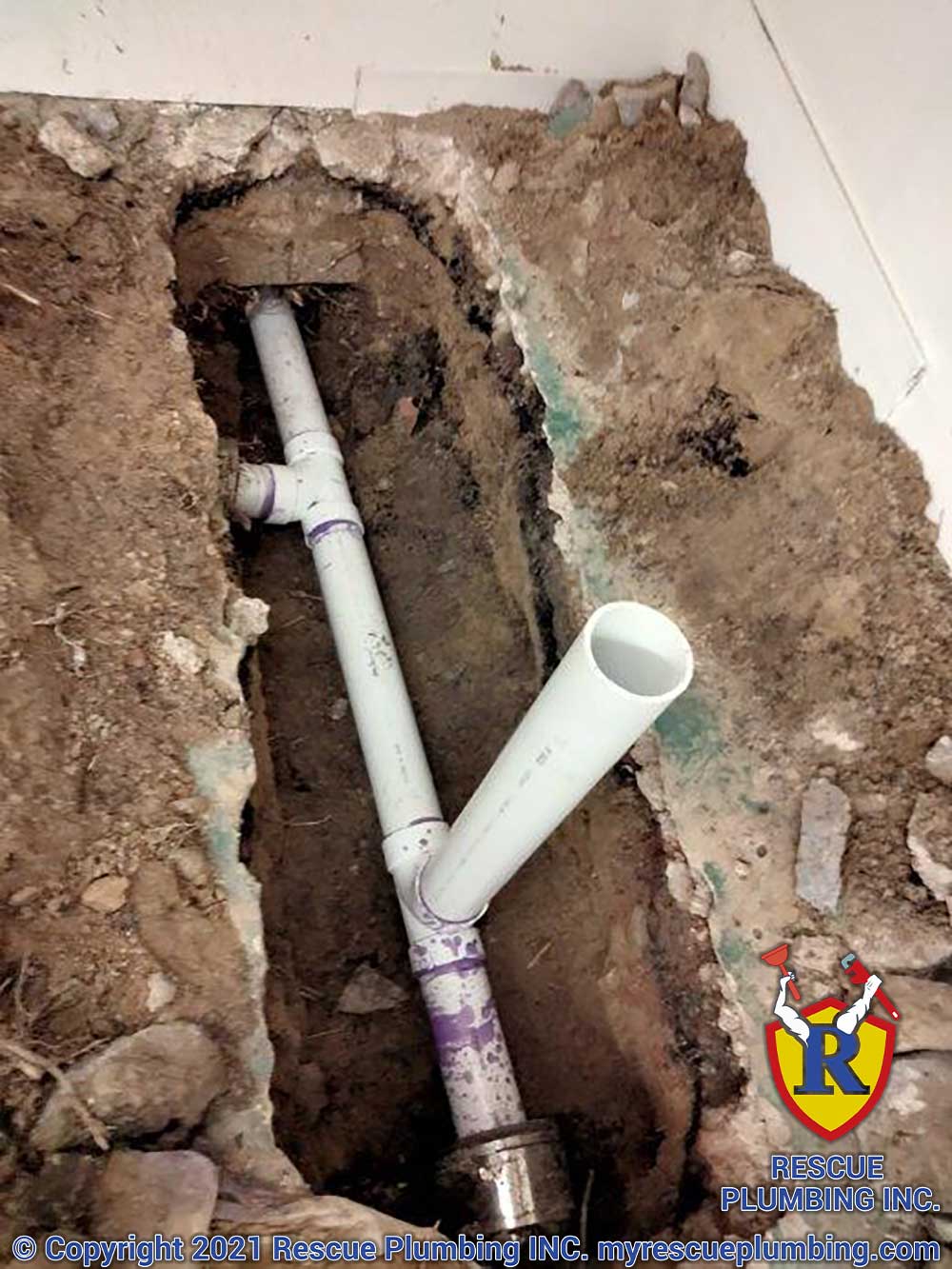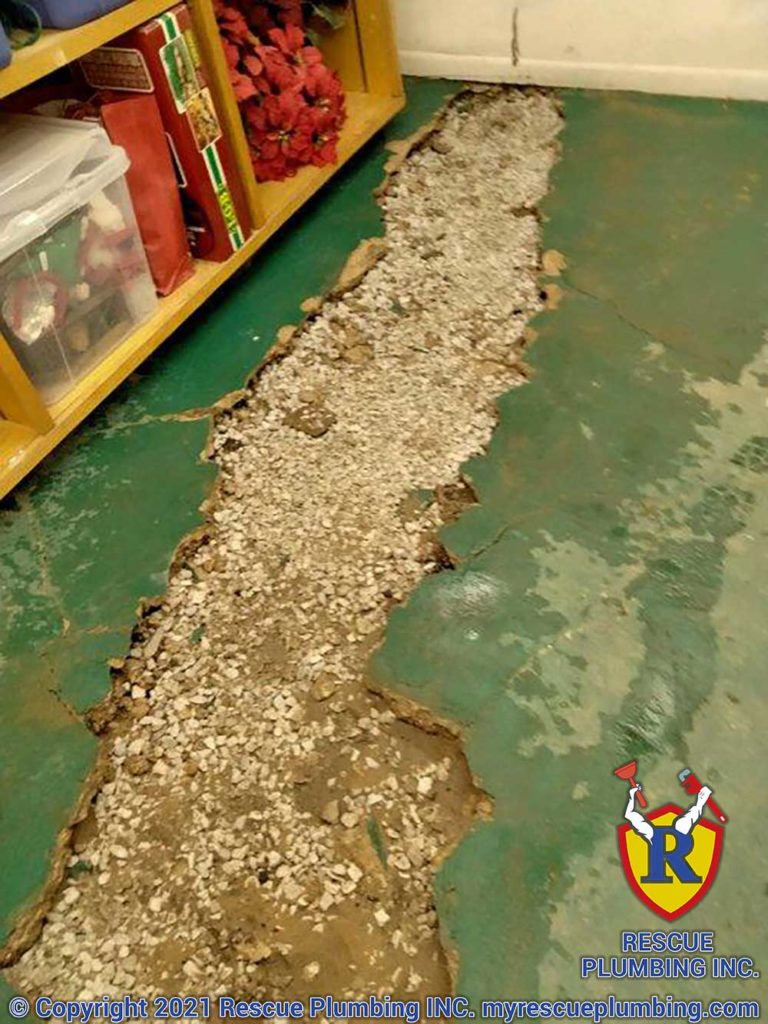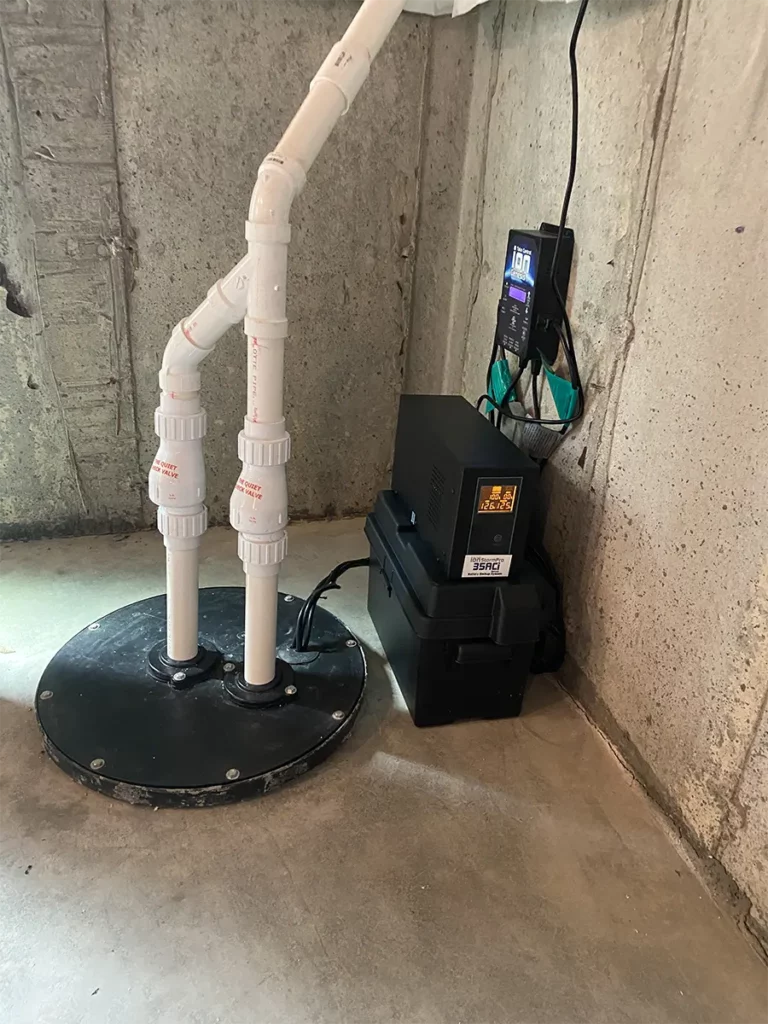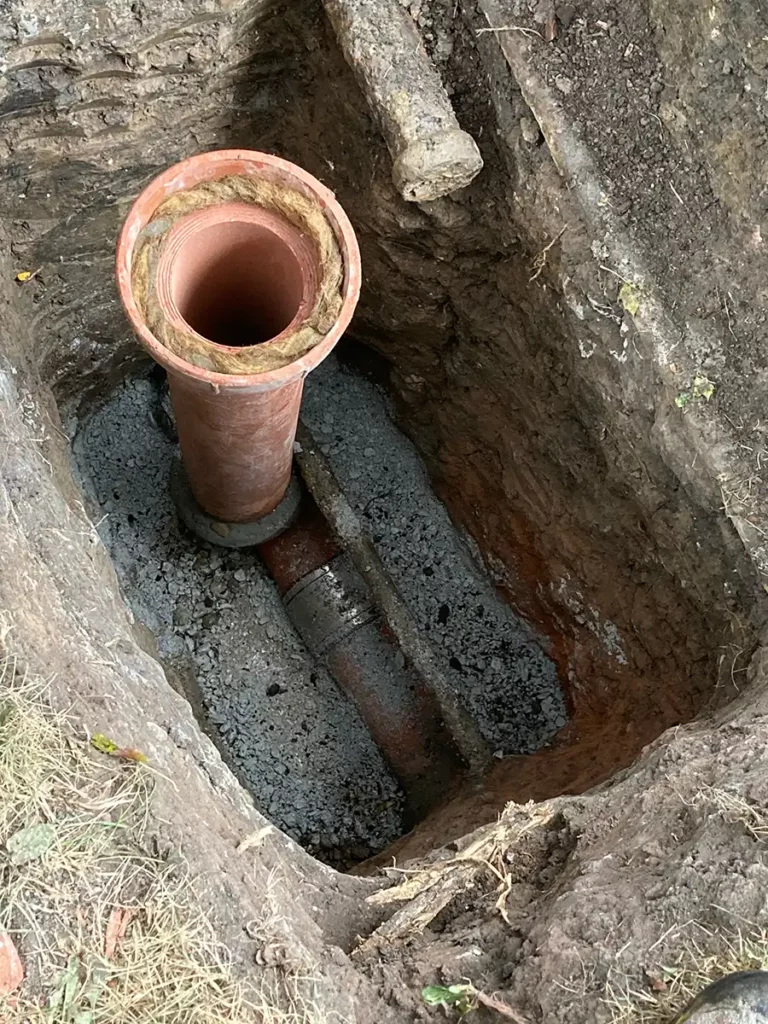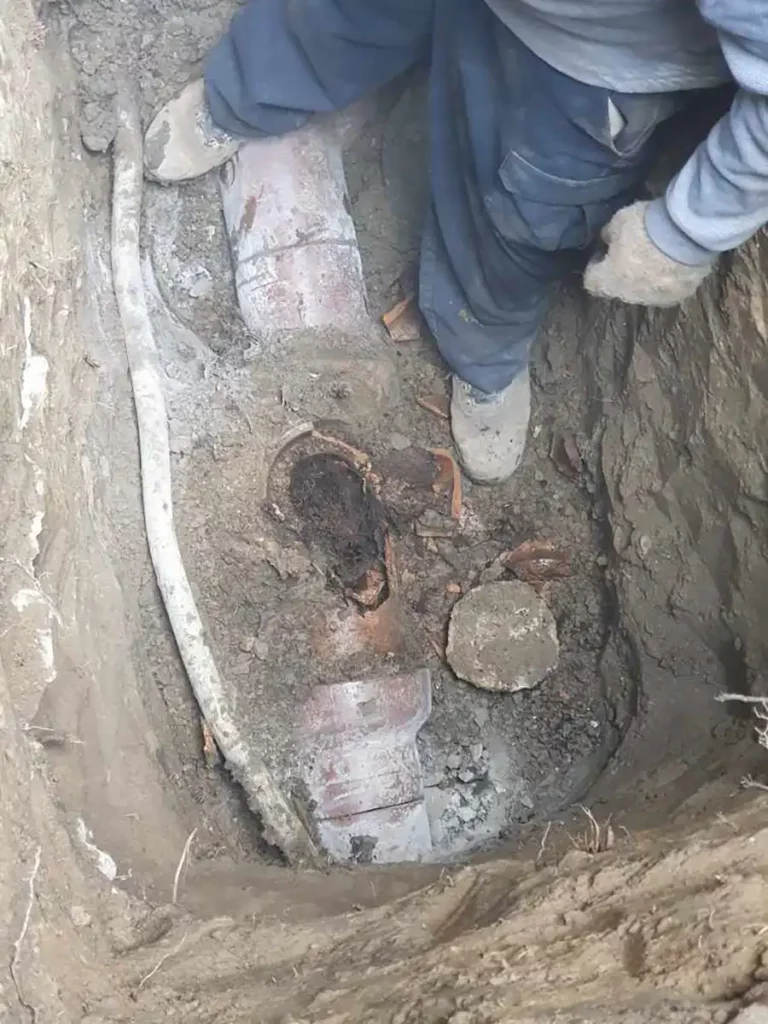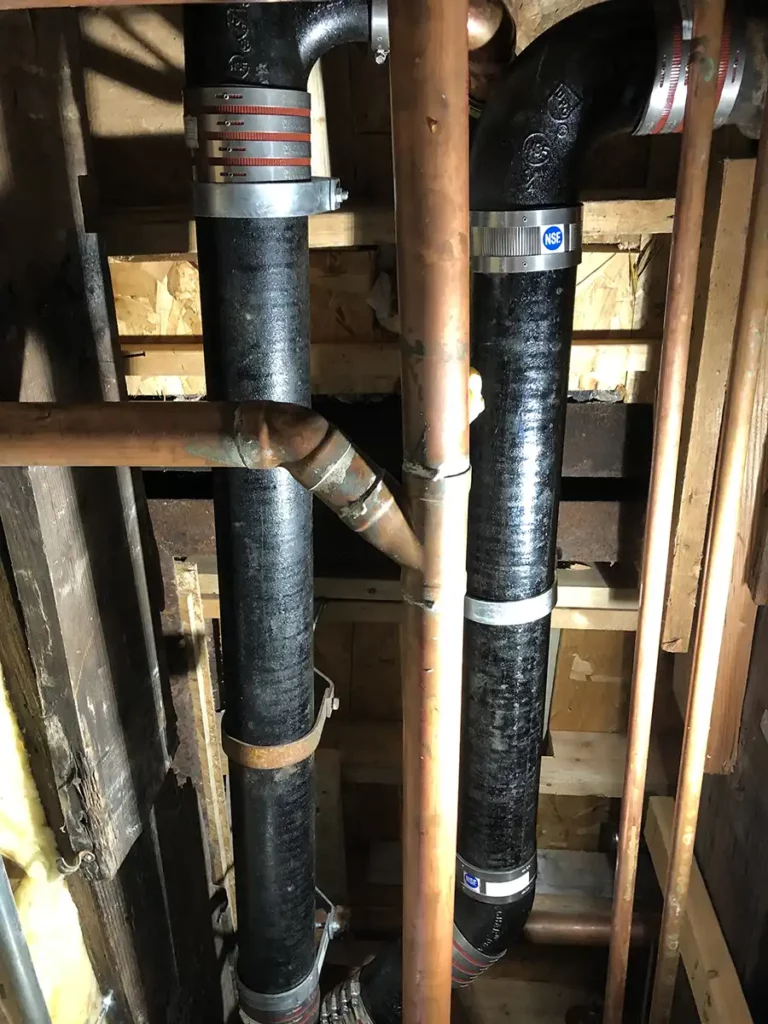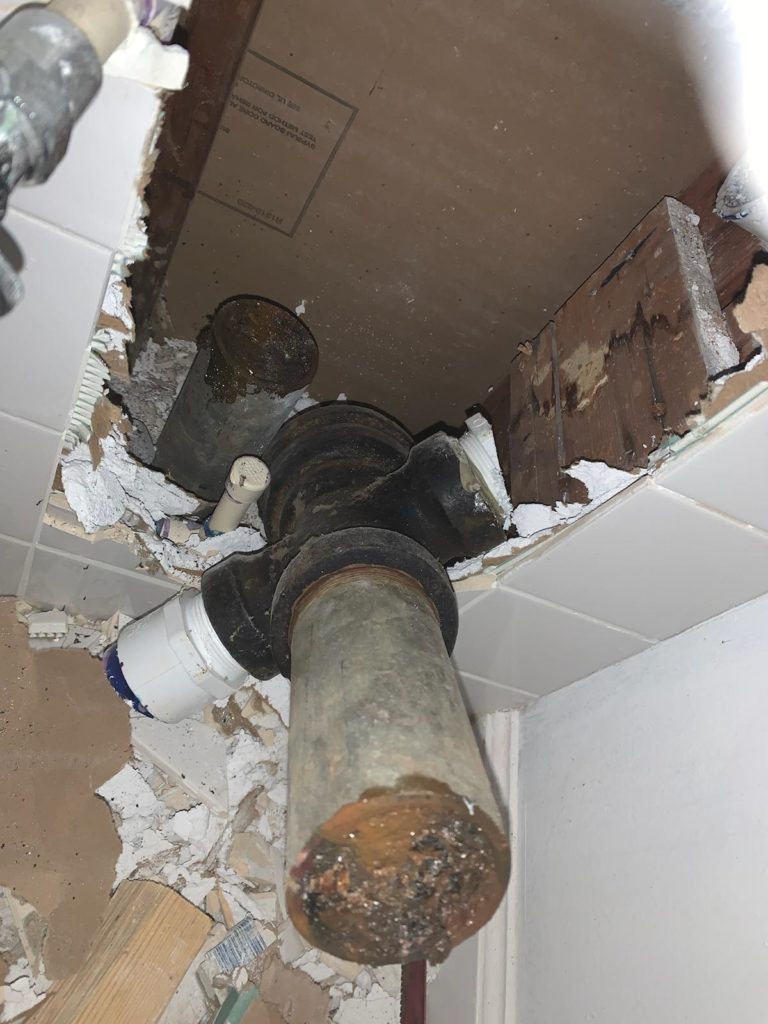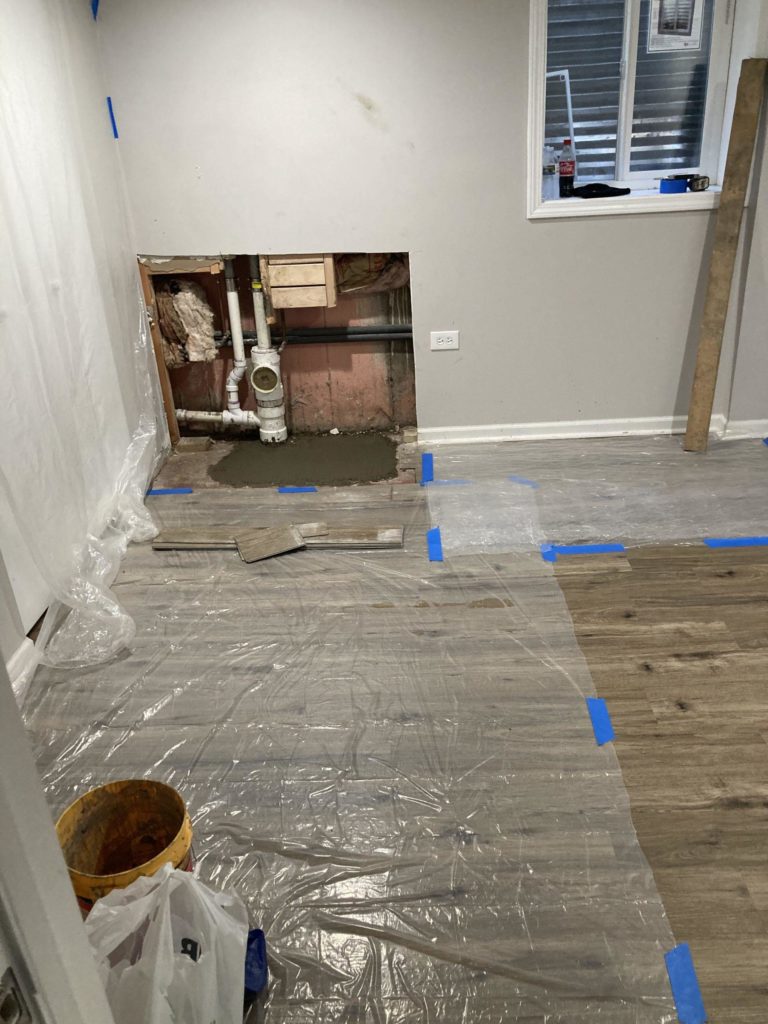Sewer Line Repair In Wilmette Illinois
Wilmette Illinois is a city of over twenty-five thousand people and with that comes the need for sewers to be repaired.
When a sewer pipe breaks or clogs, it can lead to flooding in your home and other homes on your block.
Sewer lines are under constant pressure so if there is an issue with them they will break quickly.
Sometimes you have to call a professional company that specializes in these types of problems because they happen more often than most homeowners would think!
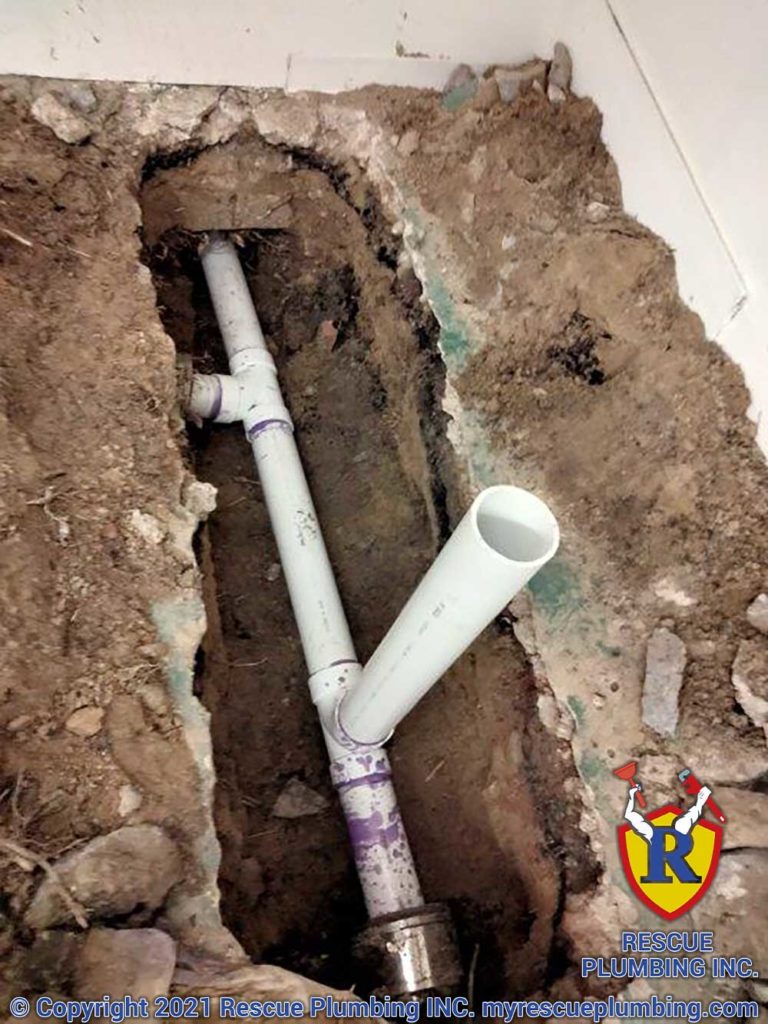
What To Know About Maintenance, Repair And Replacement
Rescue plumbing completed a sewer line repair in the beautiful village of Wilmette, Illinois.
The job took place in an older home in Wilmette. The home was a hundred years old or more and had many renovations completed, most likely about 50-70 years ago. Sewer pipes in older homes are typically made from clay.
Sewage backup
We were originally called for a service visit by the resident because the resident’s home was experiencing sewage back up in the basement.
Power rodding
Our plumbers attempted to relieve the blockage by power rodding the sewer line with a high-powered drain cleaning machine for several hours.
Next, they removed an excessive amount of tree roots from the sewer line but were still unsuccessful in relieving the blockage.
Sewer camera
Our plumbers then sent a sewer camera into the sewer to locate the problem area. He then used a specialized calibrated locating device to pinpoint the exact location of the problem.
We then proceeded to demolish the concrete and excavate to expose the sewer.
Tree root infiltration
The old clay sewer pipe had been breached in several areas by attacking tree roots. The sewer line was fully obstructed by the roots rendering it totally inoperable.
We replaced the old clay pipe with new schedule 40 PVC piping that cannot be breached by roots.
Clean out installation
We also installed a cleanout to the sewer line in case of future backups there will be easy access for the plumber performing the drain cleaning.
After all the work was done, we hydro jetted the sewer line while simultaneously performing a sewer camera inspection to make sure the whole sewer line was clean from the catch basin in the rear of the home all the way into the village of Wilmette municipal sewage system.
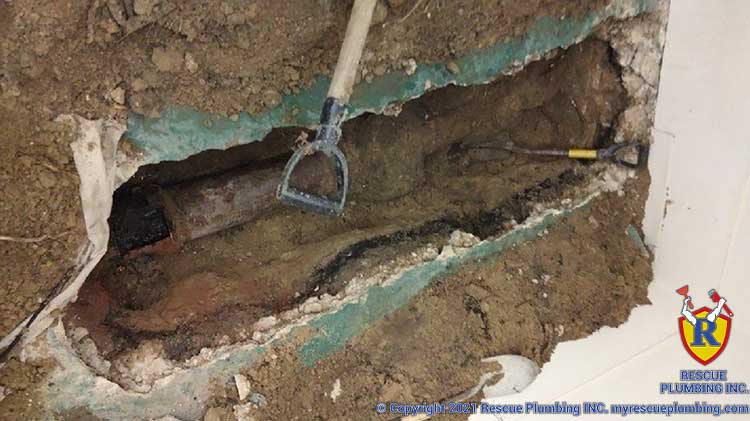
Sewer Lines
The sewage system consists of household pipes connected to sewer lines that carry water and waste flow, called wastewater or sewage, from your home into sewers.
Sewage is combined with stormwater and then directed to sewer treatment plants where it undergoes a series of processes.
Sewer pipes are typically made from clay, plastic or cast iron and can range in diameter size from three inches up to 24 inches and beyond in some municipal sewer systems.
A qualified plumber can inspect sewer pipes, clear any blockages and make necessary sewer line repairs.
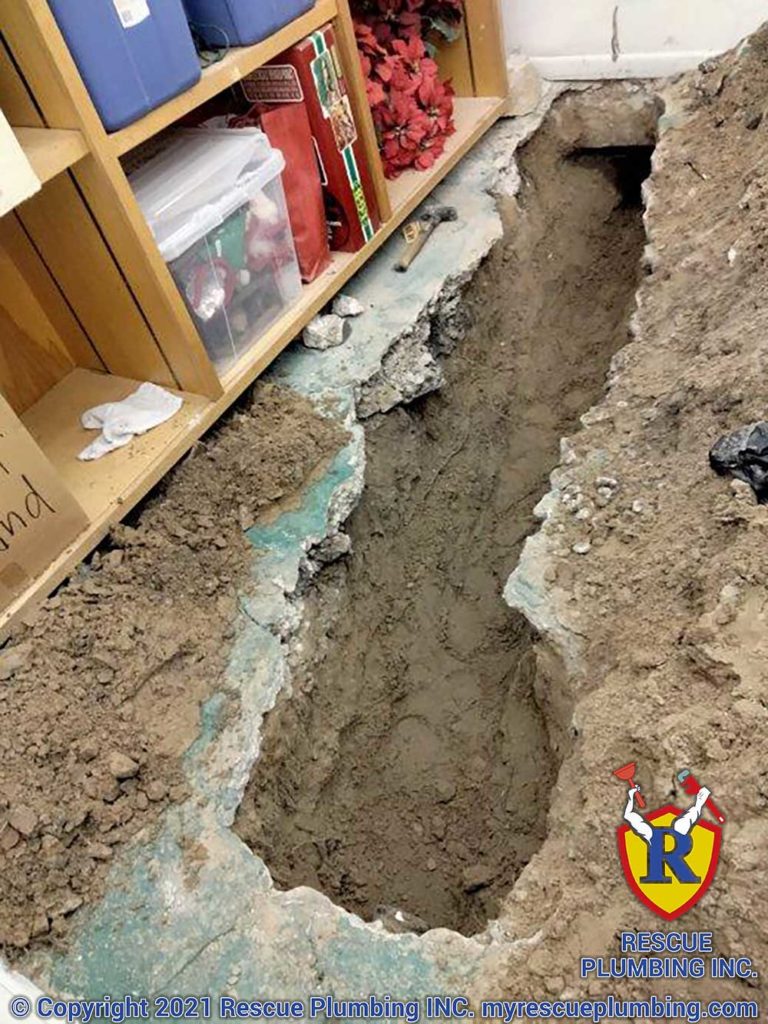
Sewer Line Inspection
Sewer issues are inevitable if the sewer lines for your home aren’t cared for. So, be sure to have your sewer pipes inspected regularly for any signs of blockages or damage.
Rescue Plumbing has the advanced technological equipment to properly inspect your sewer line. We have fiber optic sewer cameras that allow Rescue Plumbing to see the condition of your sewer. We can also make a recording of the sewer line and provide you with a USB drive of it. If we find any issues we have a special locating device that can pinpoint the location of the underground sewer problem.
Sewer pipes can become blocked or damaged for many reasons.
Sewer blockages are typically caused by tree roots and other natural occurrences or grease buildup combined with food particles. In addition, sewer pipes may leak due to corrosion caused by aging metal pipes or water damage from flooding.
Routine inspections by a qualified plumber can prevent many unnecessary disruptions to your home and property. Call us today at 7737998848 to schedule your sewer camera inspection.
What is a sewer camera?
After a sewer camera is inserted into your sewer line during sewer video inspections, we are able to see what’s happening inside the pipe on our monitors in real-time.
The type of cameras that technicians normally use for this job have fiber optic cable that is inserted into the sewer line, and then a camera at its end that sends video images of what’s happening inside the sewer pipe.
We are able to identify tree roots and other intrusions by checking for them on our monitors during sewer inspections. The professionals who do this work can recommend solutions to help you avoid future sewer problems.
Tree roots
Every year, sewer pipes are damaged because they become clogged by tree root growth.
Tree roots can find their way into sewer lines that have cracks and openings.
Tree root blockages are preventable. Root removal and tree trimming should be done by an experienced professional to ensure the health of your sewer line.
To repair sewer lines blocked by tree roots, a sewer line will either be power rodded, hydro jetted or need to be cut open and re-piped on either side of the blockage.
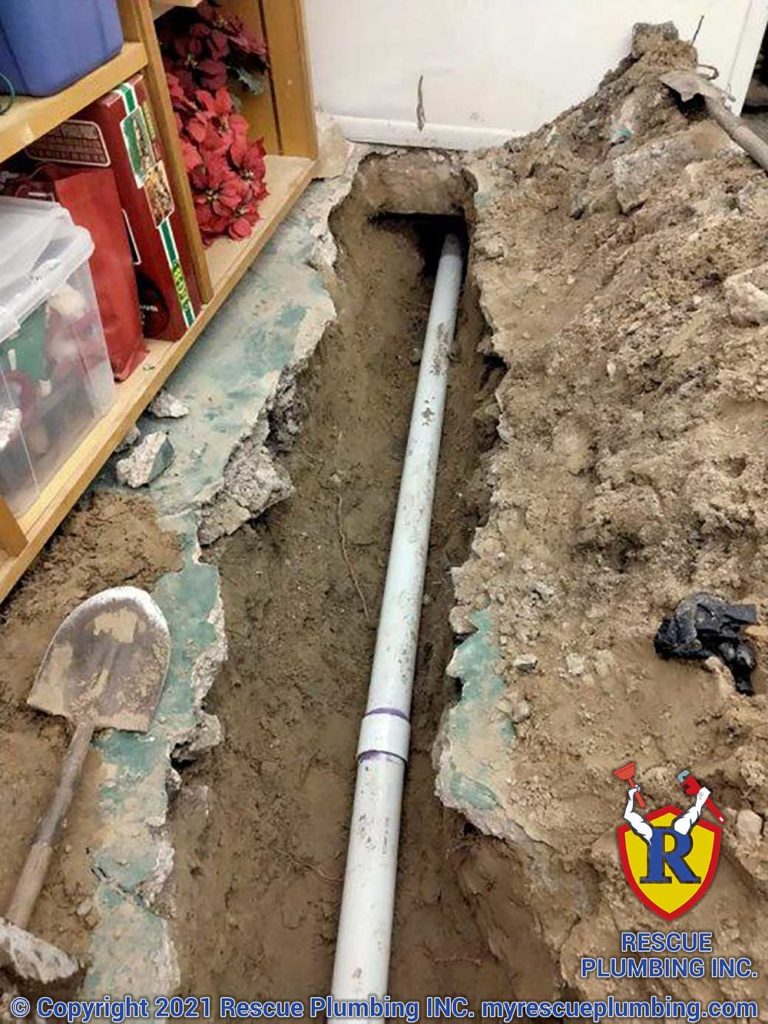
Sewer Line Repair
If your sewer lines have been inspected and sewer line problems persist, it may be time for sewer line repair or replacement.
Some common signs that sewer lines are in need of sewer line repair include:
Sewer backflow and health hazards:
When sewer lines get blocked, wastewater backs up into your house which is called sewer backflow.
Sewer backflow can produce sewer gas that smells bad and can carry pathogens. Sewer backflow is a serious health risk, especially to people with underlying medical conditions such as asthma or heart disease.
Often, homeowners do not even know they are in need of sewer repair until they notice sewage backing up into their basements.
What to expect:
If sewer line repair is needed, it’s important to know who to call and what you can expect.
Investing in sewer line repair usually saves money down the road by preventing any sewer line replacement cost and/or cleanup expenditures.
A sewer line repair project can take anywhere from a few hours to weeks depending on the extent of sewer damage.
Sewer line repair usually includes power rodding, hydro jetting and/or sewer line excavation and replacement.
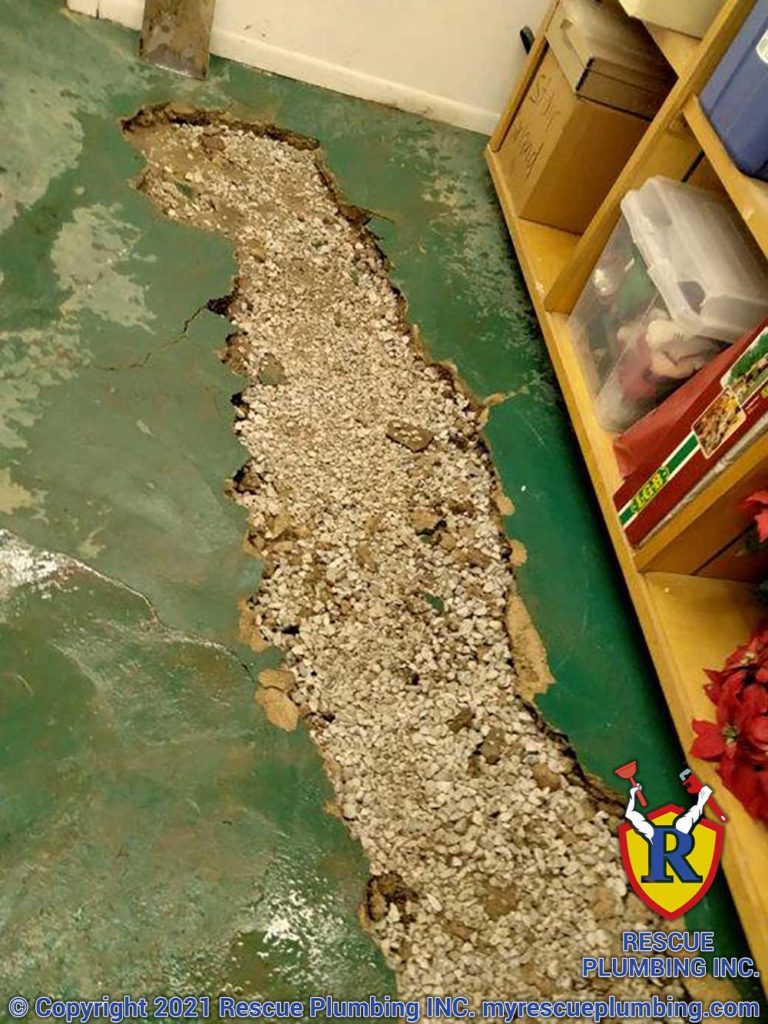
What does sewer line power rodding involve?
A sewer line is cleaned by a mechanical device called a power rodder.
A power rodder is basically a motor that spins a metal cable with a cutting tool at the end designed to chop up clogs in sewers. The cable with the cutting tool can be sent approximately up to 150 out but not recommended due to loss of power the farther the cable goes.
The sewer rodding process first involves finding the sewer clean-out access to send the cable down.
Then after finding the clean-out access the plumber inserts the metal cable in the access and begins operating the machine.
A power rodding should not last over two hours. If it does there is a high probability that there is a larger sewer issue and not just a clog.
Power rodding sewer lines can be very difficult depending on the type of blockage and root growth.
Sometimes, tree roots grow inside sewer pipes and wrap themselves around sewer pipe walls from the inside out which makes it nearly impossible for a power rodder to reach them.
A sewer line power rodding is typically done in the following situations:
Blocked sewer lines that cannot be accessed through this process will need sewer line excavation and replacement.
What is hydro jetting?
Hydro Jetting is a sewer line repair process that utilizes specially designed equipment to clear sewer lines.
Hydro jetting is the process of clearing a sewer line with high-pressure water.
Hydro jetters work from one end of the pipe to another, removing any blockages in its path.
Our hydro jetter at Rescue Plumbing has the capability to produce 5000 psi of water pressure.
Some sewer lines are too long or have obstructions that require more than just hydro jetting to clear.
If the sewer line is a hard-to-reach spot, such as behind a tree root, then it will take extra work and equipment—sometimes even an excavation contractor with heavy machinery—to access the sewer line in order for it to be cleared.
The timeframe for this type of work varies depending on factors such as the severity of the blockage or obstruction, access issues, weather conditions and other unforeseen circumstances that may arise.
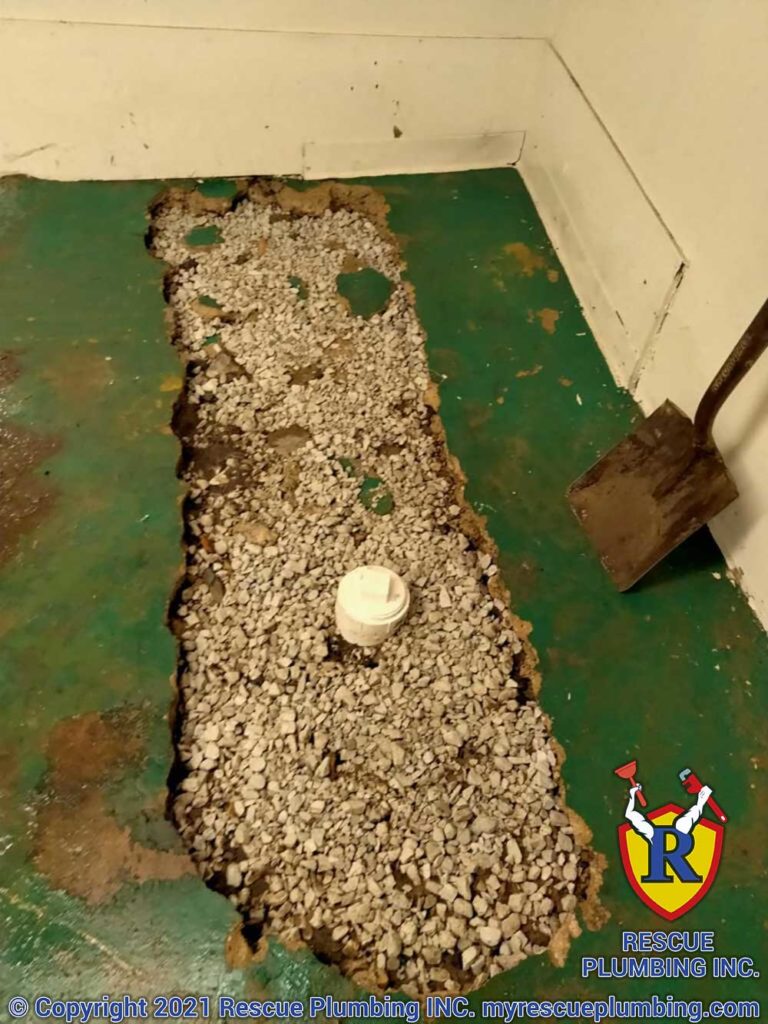
Sewer excavation
Sewer excavation is the process of digging up sewer lines so that they can be repaired, replaced or inspected for problems.
Sewer lines are underground and can be difficult to find, so qualified plumbers have special equipment that allows them to see exactly where the sewer line is located in a homeowner’s yard or basement.
Sewer excavation is a last-resort option. We always try to power rod the sewer and or hydro jet the sewer line first to try to remove the blockage if possible. We know a sewer line repair can be expensive due to the cost of digging up the sewer line and repairing or replacing any sections of pipe.
Sewer line replacement
Sewer line repair or sewer line replacement is based on the extent of sewer damage.
Sewer pipe replacement is a process in which an existing sewer pipe will be dug up, cleaned out and replaced with new sewer piping in accordance with Illinois Plumbing Code.
PVC sewer pipe is a good choice because it can be installed at a much lower cost than more traditional cast iron and clay sewer pipes, it is also lighter which makes repairs easier to do when necessary.
The city of Chicago still requires that sewers be either of cast iron or clay materials. In the surrounding Chicagoland suburbs schedule 40 PVC is allowed.
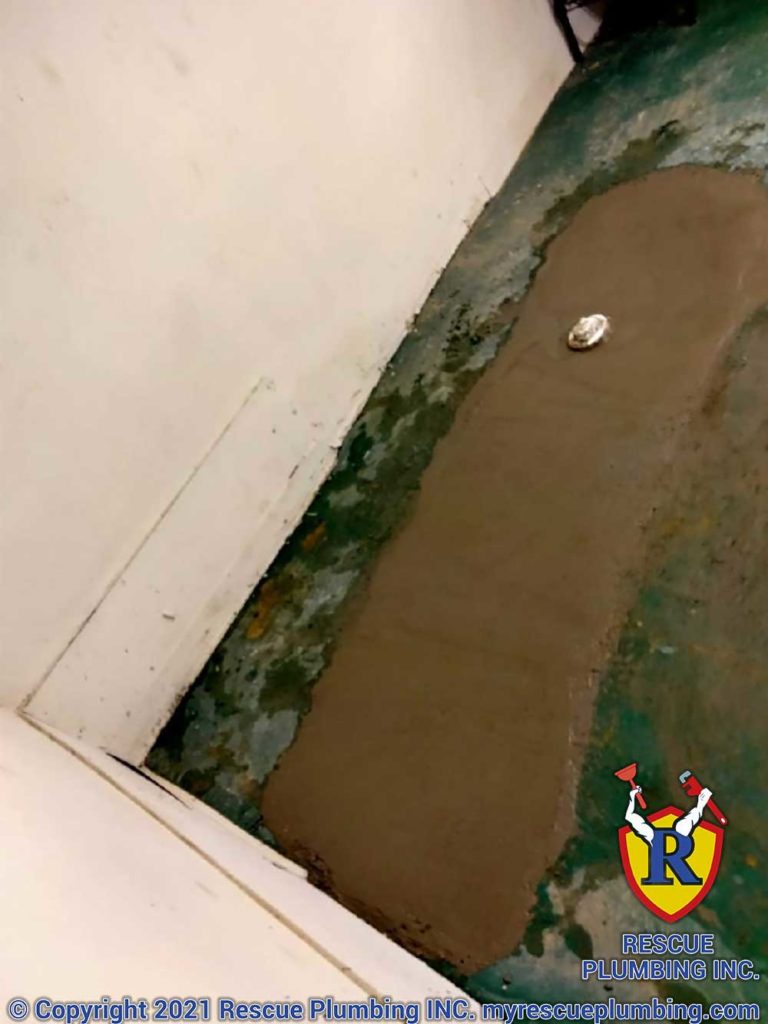
To The Rescue!
Rescue Plumbing provides sewer line repair and other plumbing services to the Wilmette, IL area.
When you’re in need of a professional sewer line repair or any other type of plumbing service for your home, contact us today at (773) 799-8848 or email us directly at office@myrescueplumbing.com for a free estimate!
We are available 24 hours a day so we can provide fast service when it is needed most. Our staff will be on-call with our emergency number anytime there is an issue that needs immediate attention.
We’re always happy to answer questions about how to best navigate through complicated plumbing issues such as sewer line inspection, maintenance, or repair. Don’t hesitate to give us a buzz!


